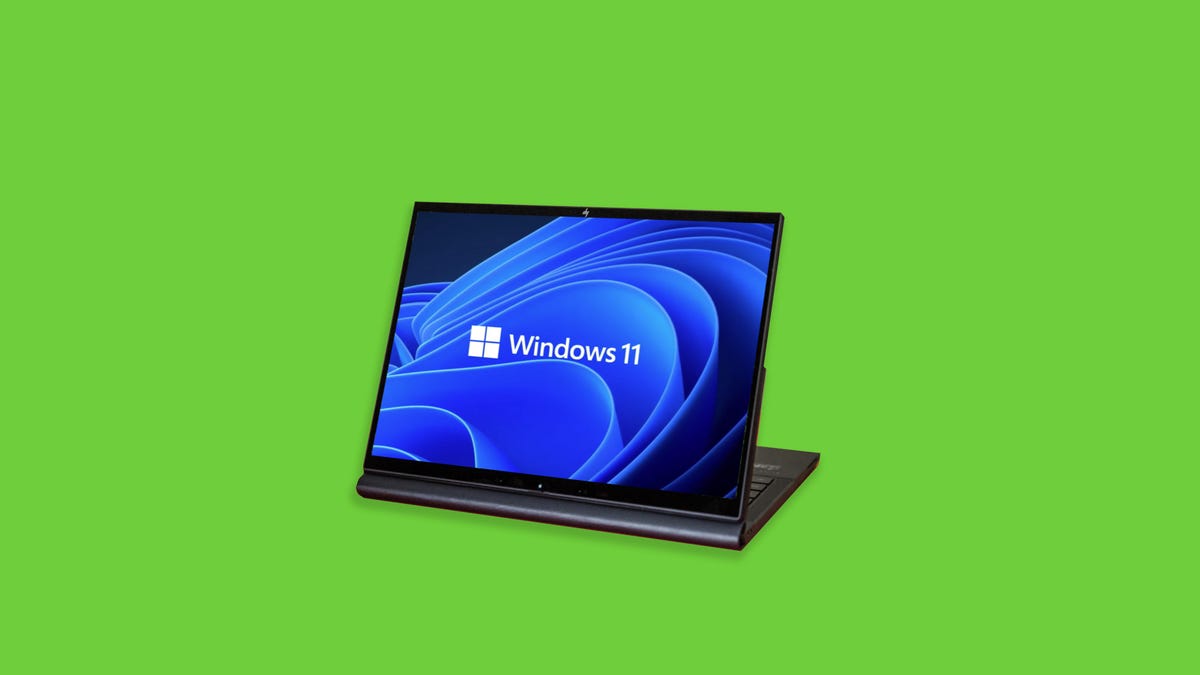Change These Windows 11 Defaults the Next Time You Boot Up
Don't want Microsoft sneaking ads into your Windows experience? We'll walk you through what to change.

Windows 11 has a lot of great features, but not every default setting is worth keeping.
Windows 11 offers you plenty of ways to customize your experience, from basics like wallpapers to more advanced settings like privacy options.
However, sometimes the optimal settings are hidden behind the defaults. In certain cases, those defaults can even undermine your PC accessories. Other times, Windows might change settings in a way you're not happy with. So the next time you start up for work, or before your next gaming session, go into your settings and consider changing defaults to refresh rate and audio settings, as well as updates and privacy settings.
Privacy settings
Some of the default privacy settings in Windows 11 give Microsoft ways to sneak advertisements into your experience. However, you can disable those in settings. Go to Settings > Privacy & security > General and toggle off any of the options you don't like. I particularly recommend turning off Let apps show me personalized ads by using my advertising ID and Show me suggested content in the settings app. The privacy menu also lets you change other options, like turning location services off or choosing which apps can access your camera.
To turn off the advertisements in the start menu, go to Settings > Personalization > Start and toggle off Show recommendations for tips, shortcuts, new apps, and more.
Enable dark mode
The option to change between light mode and dark mode in Windows 11 isn't in the most obvious place. Instead of being filed under display options, it can be found under Settings > Personalization > Colors. There, you can choose light mode, dark mode, or use different settings for Windows vs. apps. You can also set transparency effects and accent colors in this menu.
Default browser
Not a fan of Microsoft Edge? You can change Windows 11 to use whatever browser you prefer. Go to Settings > Apps and look for the browser you'd like to use. Then just click 'Set default' in the top-right corner, and Windows will automatically use that browser when opening links from other apps. You also have the ability to customize by file type if, say, you want PDF files to open in a different browser.
Manage updates settings
Keeping your computer updated is important for security, as Windows updates often include patches to prevent security exploits. Still, unexpected updates can be annoying, especially if your computer forces a restart. To take more control of your Windows 11 updates, go to Settings > Windows Update > Advanced options. From this menu, you can set your active hours (so your device won't restart while you're doing things) or ask Windows to give you a 15-minute heads-up before automatically restarting to apply updates.
Change startup apps
There's no annoyance quite like getting a new device but feeling like it's sluggish as soon as you turn it on. Most of the time, the culprit is too many startup apps. The more apps your device launches on startup, the more resources it drains. To save on resources and make things a bit snappier, go to Settings > Apps > Startup and turn off everything you don't need immediately after turning on your computer. (I recommend turning off OneDrive, as that consistently slowed down my PC.) You can always open these apps when you're ready to use them, and if there's something you typically do first thing after booting up, you can always enable it to save you the step of opening it manually.
Refresh rate
Don't let your fancy new monitor go to waste because you're using the wrong refresh rate. Windows 11 defaults to a low refresh rate, likely to save power, but this default means you're not getting the most value out of your monitor. Go to Settings > System > Display > Advanced display and look for your display. There will be a dropdown menu labeled Choose a refresh rate and pick the highest option your monitor can support. You can choose a lower setting if, say, your device can't quite match your refresh rate while gaming, but if you play any shooters, you're going to want that refresh rate to be as high as possible.
Sound quality
As with refresh rate, your default sound settings could be holding back your accessories. To check, go to System > Sound > Properties and choose the sound device you're using. Then under Output settings, make sure the Format option dropdown uses the highest available setting. This will ensure you're getting the maximum audio quality. If you're using a headset for three-dimensional audio, make sure the spatial sound setting is turned on (Windows Sonic for Headphones).
For more on Windows 11, check out how to take screenshots and our favorite keyboard shortcuts.

